10 Most Lethally Poisonous Spiders in the World
The eight-legged creepy-looking creature called ‘spider’ can be venomously fatal. So beware of these world’s most poisonous spiders found in human dwellings.
Spiders, one of the creepiest creatures on the planet, can also be really dangerous and deadly to humans. Out of over 43,000 species of spiders that are found in different regions of the world, less than 30 species (less than 0.1% of total species) are known to have caused human deaths.
A spider’s venom intends to work on smaller animals but some species can cause skin lesions in people or even fatal allergic reactions. However, it must be noted that “death by spider bite” is a very rare thing as clinics, poison control centers and hospitals often have several species-specific antivenins for treating the bite.
So here are some of the world’s most dangerously poisonous spiders out there.
1. Brown Widow Spider
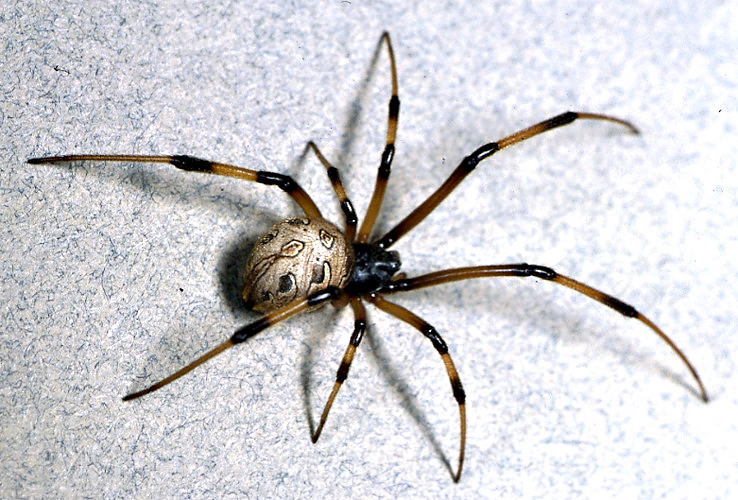
The brown widow spider is known to have developed in Africa but the first specimen was found in South America. Classified as an invasive species in other parts of the world, brown widow populations have been found in the Caribbean, Madagascar, American states of Gulf Coast, South Africa, Cyprus, southern California, Japan, and Australia. These spiders mostly dwell in old trees, buildings, automobiles, among shrubs and other vegetation.
This spider has a brownish appearance ranging from tan to nearly black and has orange hourglass marking on the underside. Despite the fact that this species is not all that aggressive and injects only a small amount of venom upon bite, two people’s deaths in Madagascar during the 1990s have been linked with brown widow spider bites. Also, the victims were reported with poor health and couldn’t be treated even with antivenin.
2. Brazilian Wandering Spider
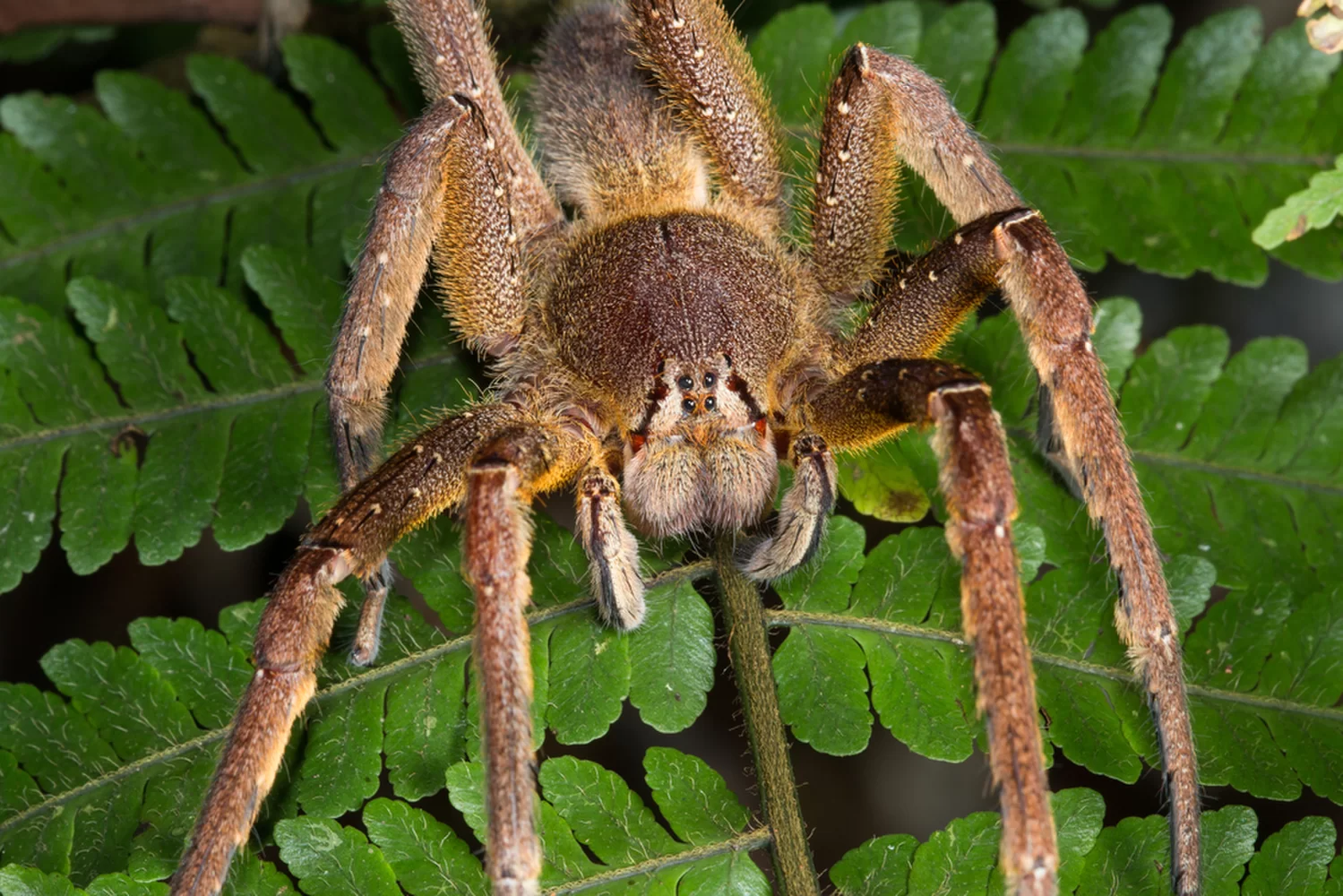
Also referred to as banana spiders sometimes, Brazilian wandering spiders are venomous spiders that are frequently found hiding within banana leaves. Having an aggressive defense posture, Phoneutria are regarded as the deadliest spiders in the world. Their venom is poisonous for the nervous system showing symptoms including salivation, irregular heartbeat, and priapism in men.
3. Yellow Sac Spider
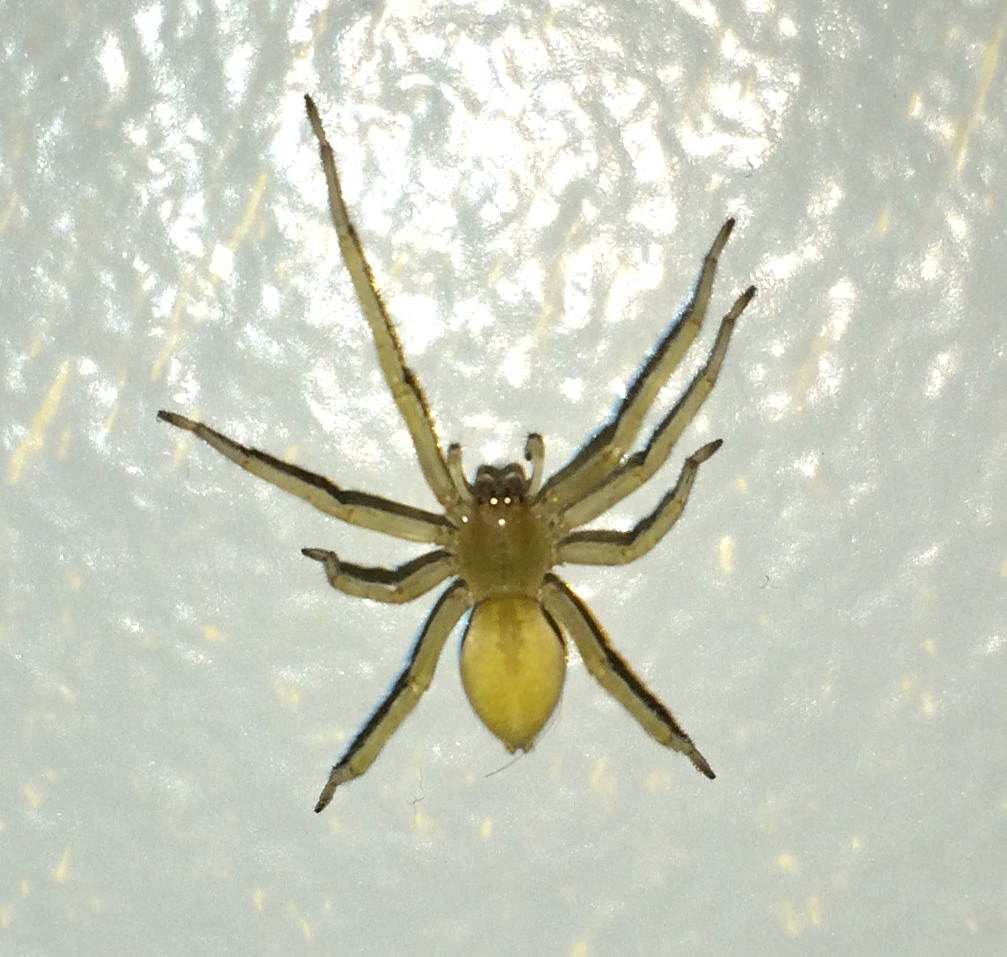
Yellow sac spiders belong to the family Clubionidae and they create silken tubes under stones, in leaves, and on the grass. Found indoors all over the US and in Mexico southward through South America, these spiders are poisonous to humans.
The venom of yellow sac spider venom is a cytotoxin (a substance toxic to cells) that produces necrotizing lesions which occur rarely in bite victims. Redness and swelling at the infected site of the bite are common reactions. A female yellow sac spider may bite while defending her eggs.
4. Redback Spider
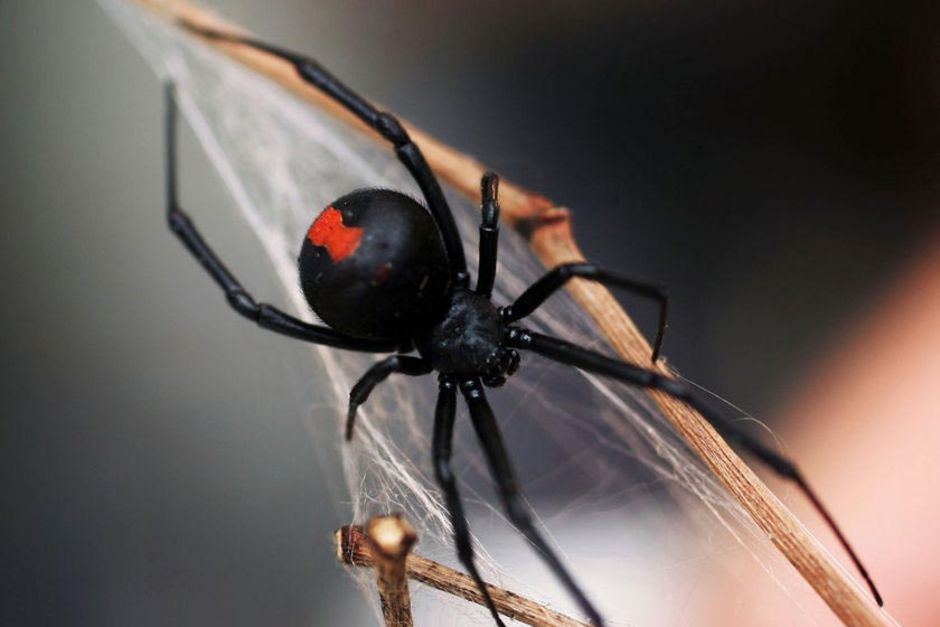
Redback Spider is indigenous to Australia and has spread to Belgium, Japan, and New Zealand through grape exports. They quite often create nests and webs in human dwellings, on grape leaves, and inside bunches. They are identified by a red stripe or hourglass-shaped mark over their back.
They aren’t aggressive but may cause a human death when disturbed but a female spider defending her eggs is more likely to bite. These spiders can also bite when they reach a person’s shoes or clothing and get trapped inside a victim’s skin.
A mere 10-20% of spider bites are envenomed. Redback’s venom is called alpha-latrotoxins that causes swelling, pain, swollen lymph nodes, and rapid heartbeats. Over 250 redback bites are treated every year in Australia using antivenin though its effectiveness remains disputed. The last human death because of the redback spider was reported in 1956. (1.1)
5. Red Widow Spider
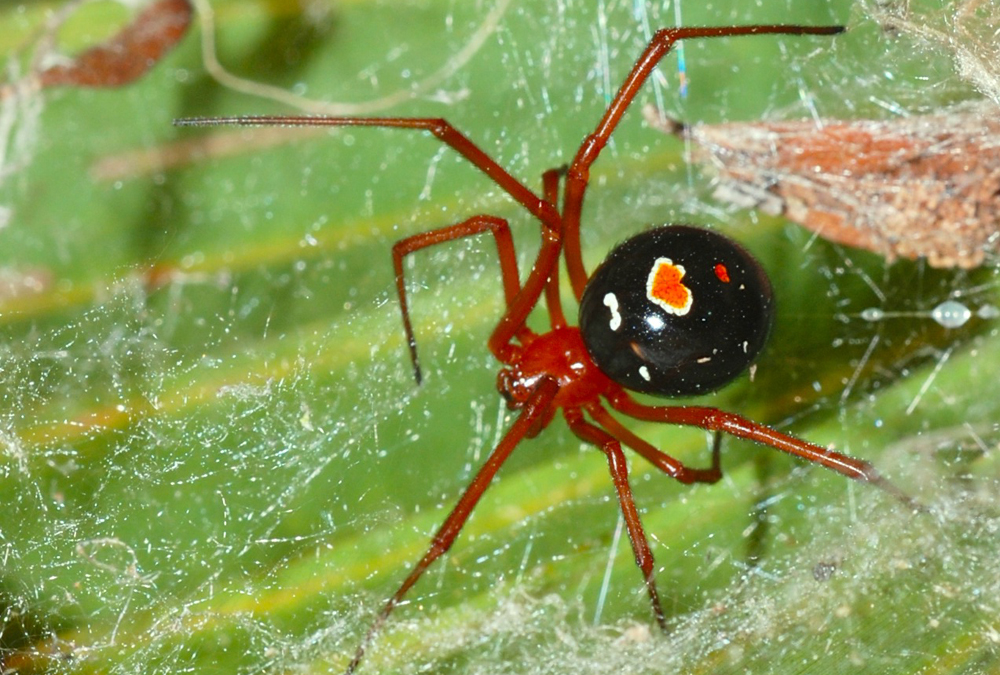
A Red widow or red-legged widow spider has reddish cephalothorax and legs and a reddish-brown to the black-colored abdomen. Many of them have an hourglass-shaped, triangle-shaped, or indistinct mark on their abdomen.
Inhabiting palmetto-dominated scrublands in central and southern Florida, this species may currently be expanding beyond this range. They mostly feed on insects and aren’t usually considered aggressive toward people. But while defending eggs or when being trapped against a person’s skin inside the shoes or clothes, they may bite. Human death due to this spider bite is rare as it injects a small amount of venom. Sick people, very young children, and elderly ones are more susceptible to its bites.
6. Funnel-Web Spider
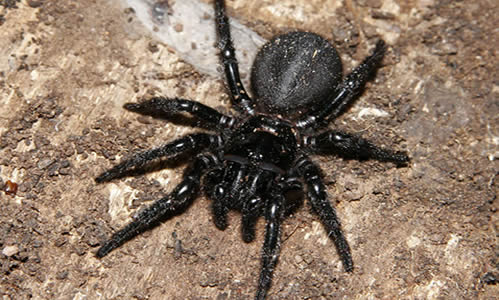
Named after their funnel-shaped webs, funnel web spiders sit in the narrow funnel and wait for prey to contact the web. Their different genera are found in South America, North America, and Australia. Two species of these spiders namely Atrax Robustus and A. Formidabilis are huge, brown spiders that are feared in southern and eastern Australia for their deadly bites.
Many human deaths have been recorded from the bites of these aggressive spiders in Sydney since the 1920s. An antidote has been developed for the main toxin found in their venom: it works effectively if given soon after the bite.
7. Wolf Spider
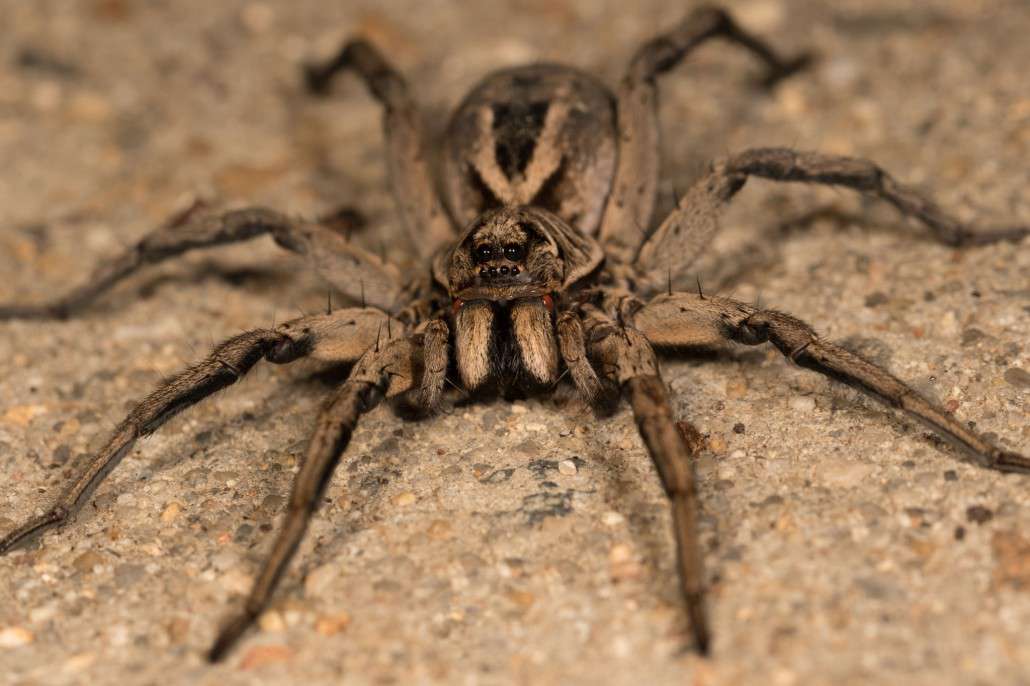
Wolf spiders are named so because of their wolf-like habit of chasing down and pouncing on their prey. Several species of wolf spiders are spread in parts of North America, Europe, and the Arctic Circle. These spiders are mostly dark brown and have long, broad hairy bodies. They are well-known for their running speed and are usually found under wood logs, stones or leaf litter, and human dwellings.
Generally, they’re not regarded as aggressive but they often bite people in self-defense. The venomous bite of these spiders can cause nausea, dizziness, and elevated heart rate in people. Causing physical trauma at the bite’s site, its venom may cause itchiness.
8. Six-Eyed Sand Spider
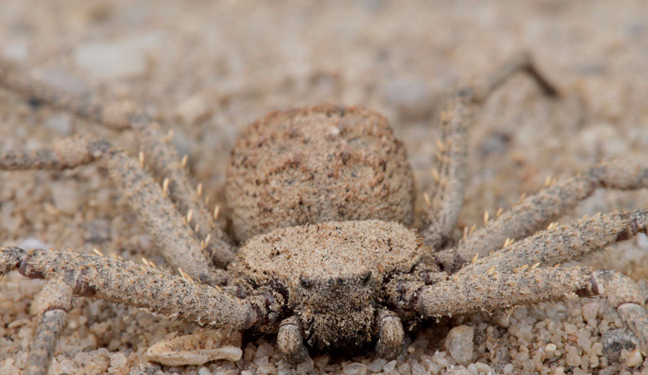
Found in the deserts of southern Africa, six-eyed spiders are covered with little hairs called setae. This seta helps in camouflaging in the sand. Their venom is dangerous due to a toxin called cryotoxin. After entering the body, this toxin causes lesions, hemorrhaging and the toxin spreads to the kidney and liver which may eventually lead to death. No antivenom is there currently.
9. Black Widow Spider
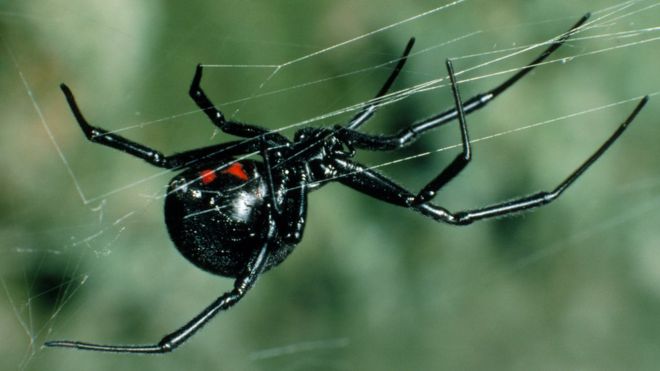
Black widow spider accounts for over 2,500 visits to poison control centers each year in the US. It is spread throughout the US, parts of Canada, the West Indies, and Latin America. This spider bite feels like a pinprick on the skin and causes severe muscle pain, nausea, cramping, and mild paralysis of the diaphragm thereby making breathing difficult. Thought to have been fatal to very young children and the elderly, no deaths have been reported due to its bite in the US. (1.2)
10. Brown Recluse Spider
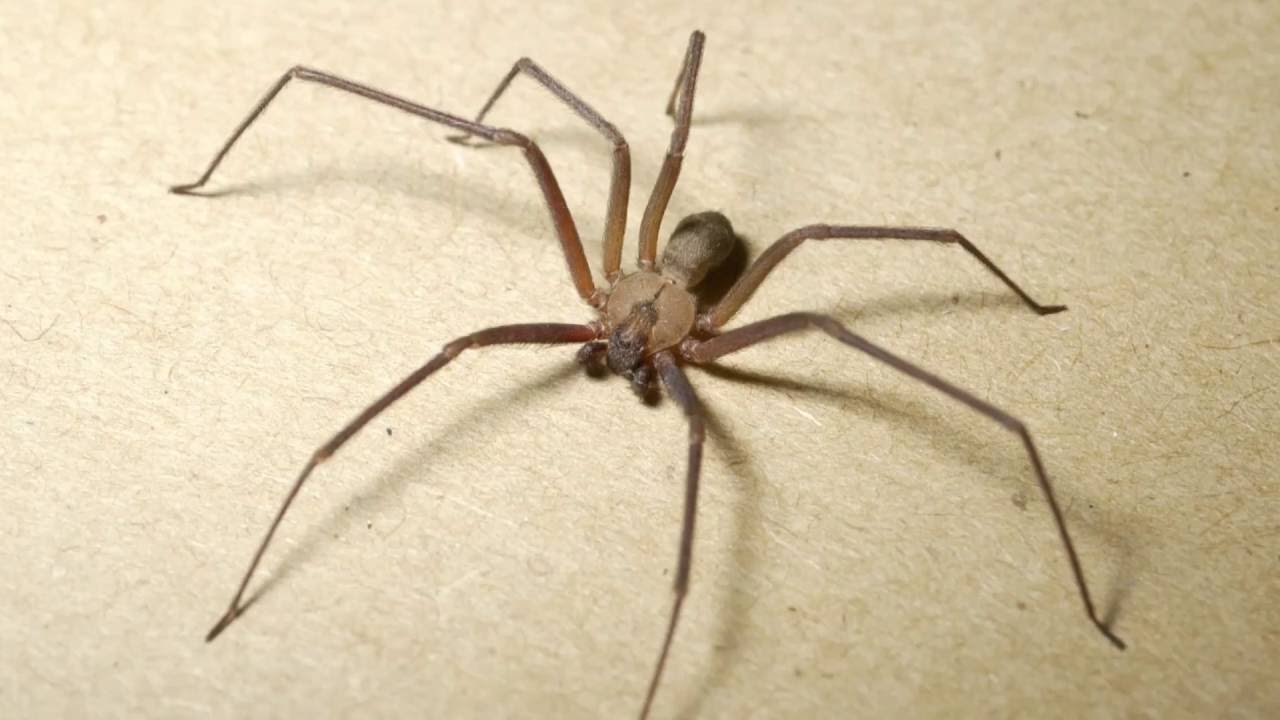
Brown Recluse Spiders are really dangerous and are regarded as one of the deadliest spiders in the US. Causing damage to the walls of blood vessels, their bite may sometimes lead to a large skin ulcer. A wound caused by this spider’s bite may need many months to heal or may cause death upon infection.
Popular Posts
10 Biggest Water Dinosaurs & Sea Monsters Ever Found in Archaeology
The present-day ocean is certainly a scary place where giant sharks, whales, squids, barracuda, and numerous other marine creatures live.
Kimberly Campbell
6 Amazing Things We Should Learn From Camel Feet
Camels are a kind of mammals with the humped back, long legs, and lipped snout. They were domesticated nearly 3000 years ago are still used for transportation.
Kimberly Campbell
80 Most Popular Long Neck Dinosaurs Ever Recorded in History
Do you know the largest creatures ever walk on the earth were the long tailed and long neck dinosaurs which were called as Sauropods?
Kevin Green








